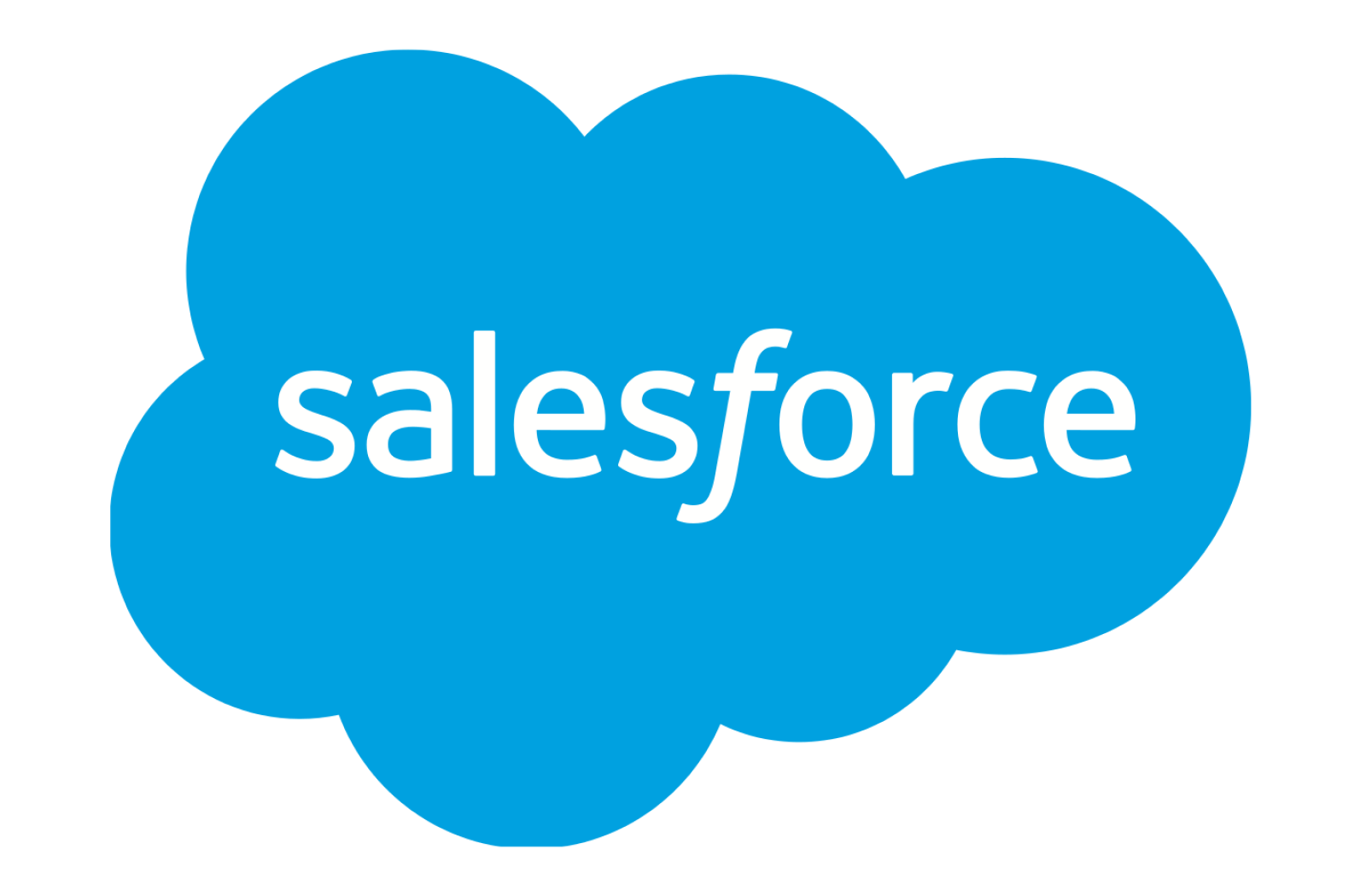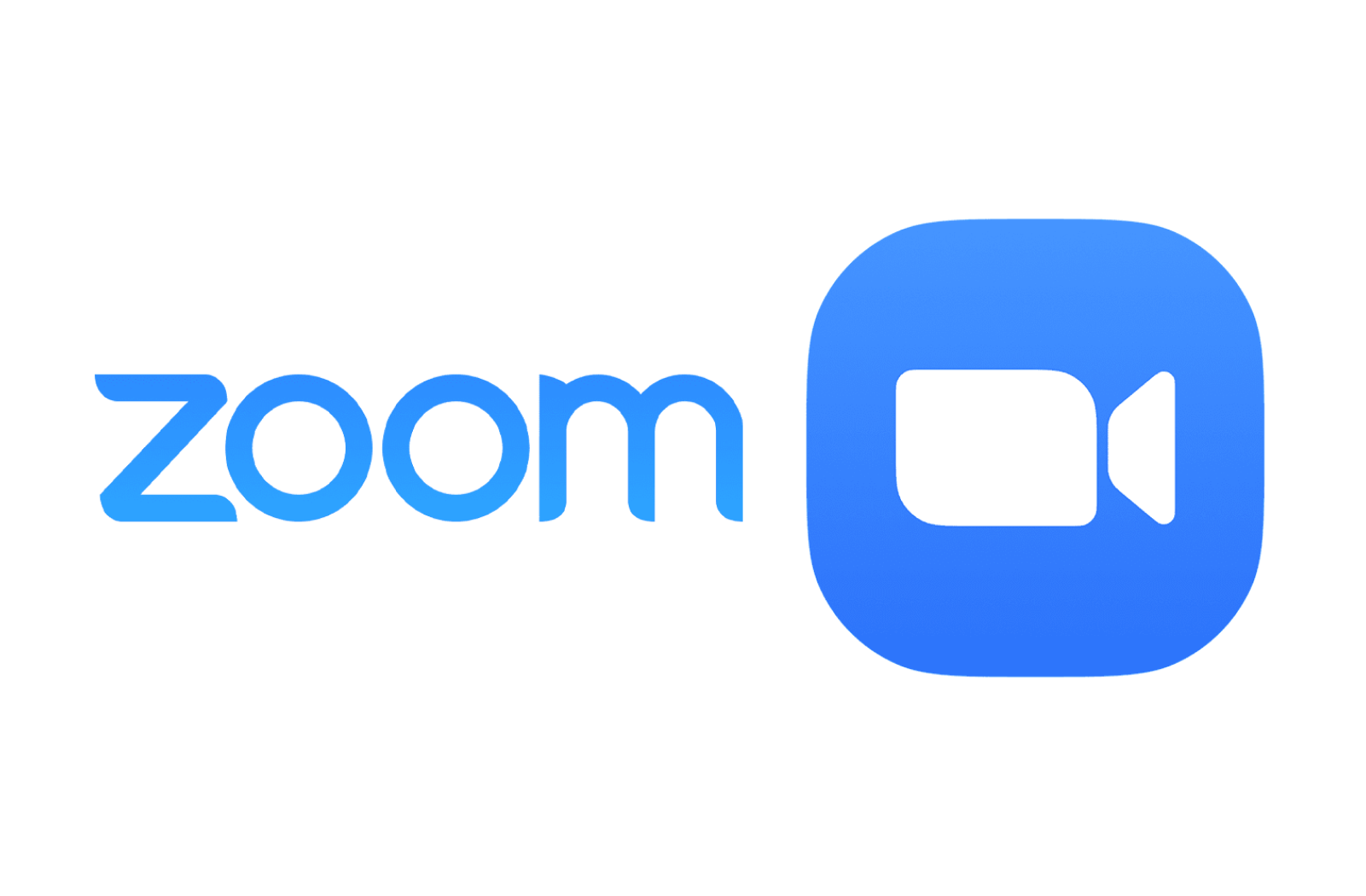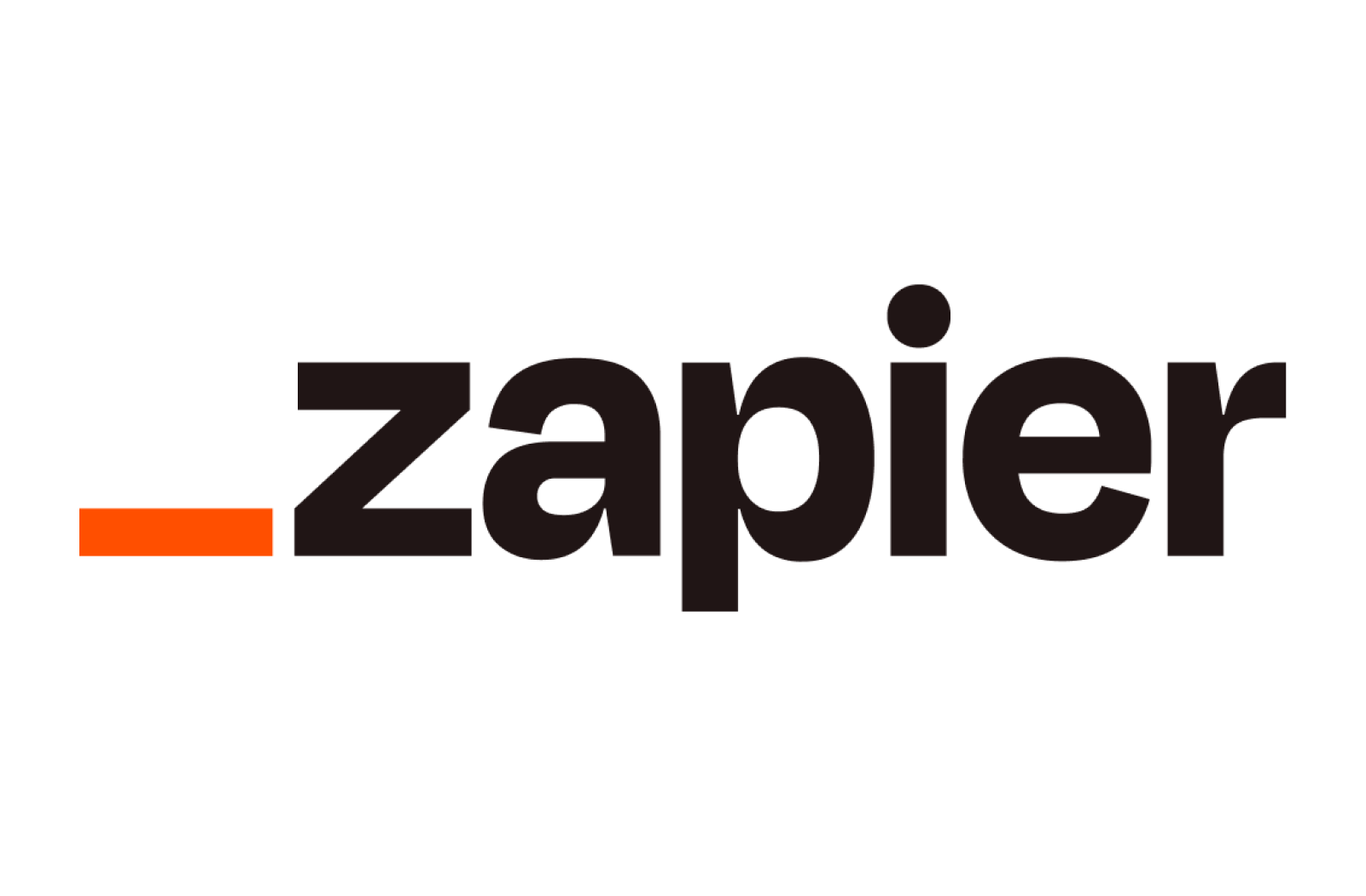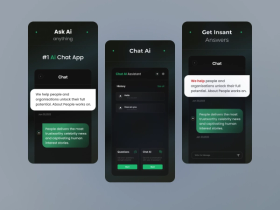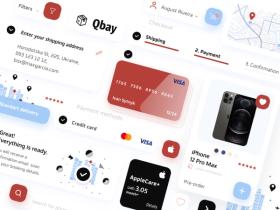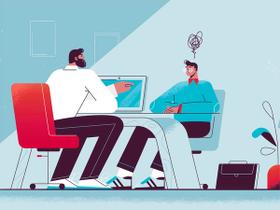Contents
Case Studies: Success Stories of Businesses That Built and Launched SaaS Applications
Published: August 16, 2024
12 min read
In this article, you'll learn:
1
🤔 Pros/Cons in SaaS Business
2
🧑💻 Salesforce
3
🧑💻 Zoom
4
🧑💻 HubSpot
5
🧑💻 Zapier
6
🧑💻 Slack
7
💪 Standing Out in the SaaS Market: Key Strategies for Success
8
💲 Cost to make SaaS app
9
📚 Case Study
10
👂 Takeaways
In the fast-paced world of technology, Software as a Service (SaaS) has become a key enabler for companies across industries. SaaS applications have revolutionized the way companies deliver software and services by providing flexible and scalable solutions available over the Internet.
Did you know that, according to Statista, the Software as a Service (SaaS) market is estimated to be worth approximately $197 billion in 2023 and is projected to increase to $232 billion by 2024? These statistics speak to the enormous potential and demand for SaaS services, proving their transformative impact on industries worldwide.
In this article, we aim to share successful SaaS companies that have developed and launched SaaS applications. Perhaps this article will inspire you, and your idea will soon turn into a thriving SaaS business.
🤔 Pros/Cons in SaaS Business
We come across examples of successful SaaS projects almost every day, whether it's communicating with colleagues on Slack or creating cool designs on Canva. However, it's important to pay attention to all the shortcomings of this business to be prepared for the significant challenges you may face. Let's explore this topic in more detail!
Pros | Explanation |
|---|---|
Recurring Revenue | Subscription-based SaaS businesses usually generate a fairly predictable but regular recurring revenue. This produces safety and speed while forecasting future cash requirements easily. |
Scalability | A SaaS product has excellently scalable potential. After building the piece of software, it becomes easy to recreate and distribute to very large numbers of customers. Such scalability ultimately facilitates rapid growth as well as expansion. |
Cost-Effectiveness | Compared to conventional software development and distribution methods, the SaaS business model can be more cost-effective due to their centralized hosting and maintenance functionality. Since you can provide updates and company support to all customers simultaneously, this technique markedly reduces individual customer support costs. |
Flexibility and Accessibility | The typical cloud base within a SaaS company makes it highly flexible from an accessibility perspective and allows it to suit any type of device or operating system used by the customer. Enhancing user experience and convenience for end users is thus facilitated. |
Continuous Improvement | SaaS businesses have the advantage of gathering usage data and customer feedback. This data can be leveraged to make data-driven improvements, enhance features, and deliver a better user experience, resulting in higher customer satisfaction and retention. |
Now let's look at the cons 👇
Cons | Explanation |
|---|---|
Stiff Competition | The SaaS market is extremely competitive, with a lot of big players and new competitors. You'll find it tough to leave your mark and capture market share by offering cutting-edge technology or high-quality service at a reasonable price. |
Infrastructure and Technical Challenges | Building and maintaining a robust and scalable infrastructure can be complex and costly. It requires investing in servers, data storage, security measures, and ensuring high availability to deliver uninterrupted service. |
Customer Acquisition and Retention | Acquiring and retaining customers can be demanding. The SaaS industry often involves a long sales cycle, and convincing potential customers to switch from existing solutions can be difficult. Additionally, customer churn can occur if users don’t find value in the product or if competitors offer better alternatives. |
Pricing and Revenue Model | Determining the right pricing strategy and revenue model can be challenging. Striking a balance between affordability for customers and profitability for a successful business is crucial. Pricing changes and finding the right pricing tiers can require experimentation and adjustments. |
Support and Maintenance | Support and Maintenance: Providing customer support and maintaining the software can be time-consuming and resource-intensive. It is important to have a dedicated support team to address customer inquiries promptly and continuously update and improve the product. |
🧑💻 Salesforce
SaaS Product: Salesforce offers a cloud-based CRM platform and a suite of applications for various business functions.
Founded: 1999
Headquarters: San Francisco, California, United States
CEO: Marc Benioff
Monetization Model: Salesforce follows a subscription-based model, offering different pricing tiers and packages for its services.
Tech Stack: Salesforce's tech stack includes programming languages like Java, Apex (Salesforce's proprietary language), and front-end development technologies like HTML, CSS, and JavaScript.
A number of corporate software solutions are offered by Salesforce, a top cloud-based customer relationship management (CRM) platform. Marc Benioff, Parker Harris, Dave Moellenhoff, and Frank Dominguez started it in 1999. Salesforce provides a complete set of tools for sales, marketing, customer support, analytics, and other functions. Serving businesses of all sizes and in all sectors, it has emerged as one of the most renowned names in the CRM industry.
Success factors
The success of Salesforce is a result of its ongoing product innovation and launch. It continuously broadens and enhances its platform, responding to the changing requirements of organizations and offering complete CRM solutions.
As a leader in the CRM industry, Salesforce has developed a strong brand awareness and market position. It has been able to win the trust of a sizable client base because of its reputation for providing dependable and scalable solutions.
Customer success and happiness are highly valued at Salesforce. Its CRM solutions are intended to assist firms in enhancing client interactions, streamlining sales procedures, and fostering expansion. Salesforce's success has been aided by its emphasis on customer-centricity.
Results and achievements
Salesforce is one of the most cutting-edge businesses of cloud software solutions on the market, and its cloud SaaS toolset accounts for the majority of its yearly recurring income. Salesforce's market value was $208.91 billion as of March 2022.
The company has consistently been recognized for its innovation and workplace culture. It has received numerous accolades and awards in 2019 (8 awards) and in 2018 (11 awards).
🧑💻 Zoom
SaaS Product: Video conferencing and collaboration platform
Founded: 2011
Headquarters: San Jose, California, USA
CEO: Eric S. Yuan
Monetization Model: Subscription-based
Tech Stack: JavaScript, TypeScript, HTML5, Java, Kotlin, AWS (Amazon Web Services)
A leading provider of video conferencing and communication tools, Zoom offers a cloud-based platform for online meetings, seminars, and teamwork. Because it has excellent screen-sharing, audio, and video features, it is well-liked for both personal and professional use. Zoom's comprehensive capabilities and user-friendly design have helped it become widely used across the world.
Success factors
Zoom's intuitive and easy-to-use interface has played a significant role in its success. It allows users to join meetings with minimal setup and provides accessible controls for screen sharing, chat, and other collaboration features. It’s also has been praised for its reliable and high-performance video and audio capabilities. It utilizes advanced technology to maintain stable connections, ensuring smooth and uninterrupted meetings even with large numbers of participants.
The ability to scale and adapt to different user needs has contributed to Zoom's success. It can accommodate meetings ranging from one-on-one conversations to large webinars and conferences, making it suitable for diverse use cases across industries.
It offers a range of collaboration tools such as virtual whiteboarding, breakout rooms, recording, and file sharing. These features enable participants to engage and collaborate effectively, enhancing the overall meeting experience.
Zoom has made significant efforts to enhance security and privacy, addressing early concerns. It provides encryption, meeting passwords, waiting rooms, and admin controls to ensure secure and private communication.
Results and achievements
Since its start, Zoom has grown significantly and garnered a sizable user base. Zoom's popularity has grown significantly, particularly during the COVID-19 epidemic when more people and companies started using remote work and video meetings.
Over time, Zoom has expanded its offerings beyond video conferencing. It introduced additional products and features like Zoom Phone (cloud-based phone system), Zoom Rooms (meeting room software), and Zoom for Home (dedicated hardware devices).
Zoom Video Communications won 3 awards in 2022 and 17 awards in 2021.
🧑💻 HubSpot
SaaS Product: Inbound marketing, sales, and customer service software solutions.
Founded: 2006.
Headquarters: Cambridge, Massachusetts, United States.
CEO: Brian Halligan.
Monetization Model: Subscription-based revenue model.
Tech Stack: Python, JavaScript, HTML, CSS, and various cloud technologies.
Leading suppliers of inbound marketing, sales, and customer support software include HubSpot. It provides a complete set of tools and services meant to help companies draw in, keep, and delight consumers. Customer relationship management (CRM), marketing automation, content management, social media marketing, email marketing, analytics, and customer care tools are all included in the HubSpot platform.
Success factors
HubSpot's comprehensive platform consolidates various marketing, sales, and customer service tools into a single system. This integration streamlines workflows, enhances collaboration, and allows businesses to manage their customer interactions more effectively.
Results and achievements
HubSpot has experienced significant growth since its founding in 2006, attracting millions of customers worldwide.
HubSpot won 11 awards in 2023 and 20 awards in 2022.
🧑💻 Zapier
SaaS Product: Web automation and integration platform
Founded: 2011
Headquarters: Remote
CEO: Wade Foster
Monetization Model: Subscription-based (Freemium and Premium)
Tech Stack: Python, Django, PostgreSQL, Redis, AWS, GCP
With the help of Zapier, a well-known SaaS provider, customers may link different web services and automate workflows without the need for coding or difficult integrations. Users may build "Zaps," which are automated processes that link several applications to automate operations and data transfer across them, using Zapier. It improves productivity for both enterprises and people by making the process of connecting software applications simpler.
Success factors
Zapier is very adaptable and enticing to consumers who wish to optimize their processes across many platforms because it integrates with over 3,000 online apps.
Results and achievements
Recognized as a leading integration platform and included in the Forbes Cloud 100 list.
🧑💻 Slack
SaaS Product: Collaboration Platform
Founded: 2013
Headquarters: San Francisco, California, USA
CEO: Stewart Butterfield
Monetization Model: Freemium and Subscription
Tech Stack: JavaScript, React, Redux, and Node. js for the front-end and Golang, Java, and Scala for the back-end.
Slack is a cloud-based collaboration platform that offers team communication and collaboration tools. It is designed to streamline communication within organizations and teams, providing a centralized hub for real-time messaging, file sharing, project management, and integrations with various productivity tools.
Success factors
Slack provides a range of customization options, enabling teams to tailor the platform to their specific needs. From creating channels, and setting notification preferences, to integrating custom bots, Slack offers flexibility to adapt to various workflows.
Also, Slack provides robust APIs and developer tools, encouraging the creation of third-party apps and integrations. This fosters an active ecosystem and expands the functionality of Slack, enhancing its appeal to businesses and developers.
Results and achievements
Slack has received accolades and recognition for its innovative approach to team collaboration. It has been recognized by organizations such as Forbes, Fast Company, and Gartner for its impact and contribution to the industry.
💪 Standing Out in the SaaS Market: Key Strategies for Success
Starting your SaaS business can be difficult for many reasons that we have already discussed above. As the industry continues to evolve, it becomes more difficult to stand out from the crowd. To succeed in the SaaS market, companies need to implement effective strategies that differentiate them from their competitors.
In this section, we want to give you some tips: how to stand out in a competitive market?
1. Focus on solving the problems of a certain niche.
One of the key aspects to helping your SaaS business stand out in a competitive market is to focus on solving a specific niche problem. Instead of targeting a broad general market, focus on the specific needs and requirements of a small audience.
Identify your strengths and resources that will allow you to effectively solve the problems of your chosen niche. Explore their needs and pain points, as well as the competitive landscape of the segment.
Become an expert in your field!

By catering to the unique needs and pain points of a well-defined target audience, you can provide highly specialized solutions that address their customers' challenges more effectively.
(image by James Oconnell)
2. Make sure there is a demand for your product.
No matter how unique your product may be, without adequate demand, it won’t be successful and profitable. How to do it?
- Research the market. Define your target audience, what pains and problems do your product solve?
- Survey and analyze. Conduct several focus groups to find out their needs and expectations for the product. Analyze the answers.
- Test it. In the first stage, you can offer your SaaS product to a limited number of customers for use. Feedback from real users will help you improve the product and fix possible problems.
The last step is absolutely crucial as it allows you to roll out the product as soon as it's even slightly ready and collect valuable feedback from real users. Their insights will significantly enhance your product and address potential issues you might have overlooked. Remember, done is better than perfect because real-world usage might differ from our initial assumptions, and making necessary pivots and adjustments early on is essential to success.
3. Set up effective communication with customers.
Customer feedback helps you understand their needs, gain valuable feedback, and ensure user satisfaction, increasing the likelihood of retaining and attracting new customers.
Make the feedback process with customers as simple and convenient as possible. Add all possible ways of support to your interface - chatbots, email, social networks, etc. And don’t forget about timely response to any problems of your customers.
4. Innovate
To stay ahead of the SaaS market, you must constantly innovate and improve your product. Monitor industry trends, customer feedback, and new technologies to identify areas for improvement. Regularly release updates and new features to give your customers an edge and stay ahead of the competition.
5. Cooperate
Partnering with other companies can help you expand your reach and differentiate your offerings. Find companies that fit your target market and offer mutual benefits. By using each other's strengths, you can create new opportunities, expand functionality, and increase your visibility in the market.
💲 Cost to make SaaS app
Well, creating a SaaS application is not a simple process. The time frame and complexity of development are also affected by a variety of factors. The estimated price of creating such an application in collaboration with the Stormotion team is shown below.
The full development cycle of the SaaS app
Development Stage & Features | Min Hours | Max Hours |
|---|---|---|
🌍 Project Discovery | 80 | 160 |
🎨 UX/UI design | 80 | 100 |
👋 Sign Up & Authentication | 72 | 100 |
🧑💻 User Profile | 30 | 83 |
Additional features | 20 | 60 |
💳 Subscription Integration | 30 | 86 |
💻 Admin Panel | 75 | 200 |
Business logic&functionality (specific to your SaaS Product) | 250 | 600 |
🤓 QA and Testing | 15-20% of development | |
📱 Release | 16 | 24 |
Total Hours | 796 | 1640 |
Approximate costs | 39 800$ | 82 000$ |
We concentrate on the average cost of $50 per hour while preparing our approximations. This will cost between 39 800$ and 82 000$, depending on how long it takes to create a SaaS app.
You can write to us and describe your idea in depth so that we can determine the precise cost of the SaaS app considering all of your preferences.
📚 Case Study
Stormotion's portfolio also includes several companies with whom we worked on the creation and improvement of their SaaS product. We would like to share our expertise in this area with you.
FitTracks is a fitness app that offers voice exercises for beginners and athletes. The main goal is to turn fitness into a lifestyle. The FitTracks app gives users access to online workouts that have already been recognized as preventive courses by the German government. It allows you to practice fitness conveniently and effectively, providing voice instructions from qualified trainers. You can learn more about the development of this application here.
Feel Amazing is a SaaS project created by Ailsa Frank, a British hypnotherapist and motivational speaker, with the aim of self-improvement and inspiring users.
This app offers users access to therapy tracks that help improve emotional well-being, develop positive thinking, reduce stress, and boost self-esteem and motivation.
To use the application, users have the option of signing up for a paid SaaS subscription, which allows access to a collection of various therapy tracks. The application can run on different platforms such as smartphones and tablets, providing a convenient and accessible experience to users, regardless of their location.
ForceUSA is a fitness program created by a leading manufacturer of functional training equipment, providing customers with guided workouts and exclusive content for a fee.
The company's app is designed to help users maintain productivity, health, and fitness. It has a range of features including personalized advice and study plans. With the help of the program, you can set achievable goals, track your progress, and design your own training program.
👂 Takeaways
Well, we hope you have been inspired to create your own SaaS product and this article has been useful to you. SaaS business can be quite a challenge, but if you properly think about your product, its value, and strategy - you can achieve great success!
If you have any questions or you are looking for someone who can develop a SaaS application for your business, we will be happy to support you on your journey! Write to us and we will discuss all the details.
Let's create SaaS products together!
Our clients say
![Stormotion client Max Scheidlock, Product Manager from [object Object]](/static/33294af91c38256bcd5a780ddc41861a/b0e74/max.png)
They understand what it takes to be a great service provider, prioritizing our success over money. I think their approach to addressing ambiguity is their biggest strength. It definitely sets them apart from other remote developers.
Max Scheidlock, Product Manager
HUMANOO
Was it helpful?
Read also

